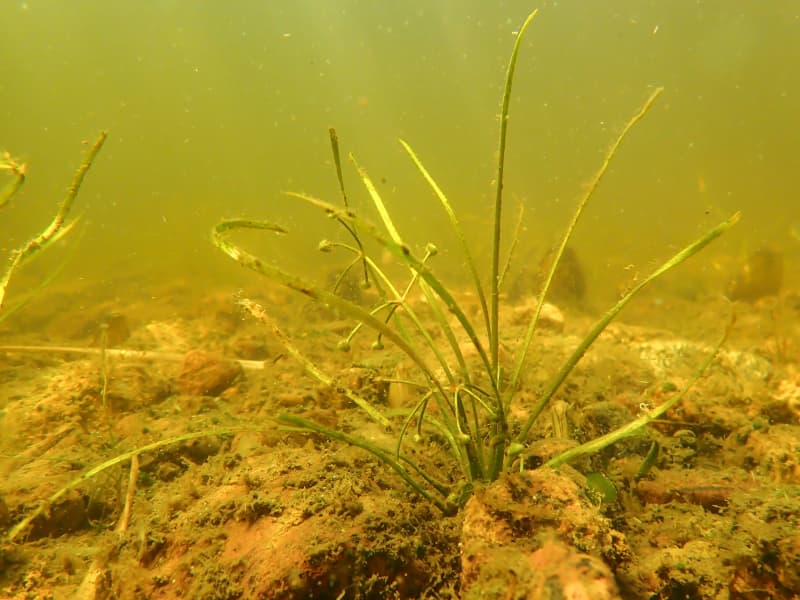A researcher mapping endangered plant species made a significant species discovery in the summer near Munapirt in Pyhtää.
It has been thought that the pike has disappeared from the coastal waters of the Gulf of Finland, as its natural habitat is being lost as a result of eutrophication of the sea and reeding of the beaches.
In the past, it has been assumed that the sea urchin only grows on the sandy bottoms of shallow brackish waters, but a species observation made almost by chance in the summer near Pyhtää Munapirti changes this perception.
– In the field, this is a significant discovery. It raised questions. The species was found in an environment where it was not previously thought to thrive, says Pohjola.

An unexpected find in the gravel
According to Pohjola, the discovery happened almost by chance on the way to the supposed growth site. It turned out that in Pyhtää, the sea urchin grew on a rather steep gravel beach instead of a flat sandy bottom. This surprised the researcher.
– Expectations for the search were low. The species was last found in the Gulf of Finland in 1856. The observation only mentioned Munapirtti, the village of Hinkapöli, Pohjola says.
The unexpected place of growth underlines how little is known about Finland’s underwater nature.
A researcher who is familiar with endangered plants cannot assess whether the sea urchin has adapted and moved to a new habitat or has always also appeared on gravel bottoms in the Gulf of Finland.
A person can help
A cottager or a person who enjoys nature can work near an endangered coastal plant with relative peace of mind. The sedge does not belong to protected plants, even though its natural prevalence is endangered. You can move and boat near the plant as normal, but damaging or destroying it is prohibited.
– A plant found in the back sea can affect the cottagers if they need to dredge or build a pier on the beach, for example. Most of the observations have been from steep gravel beaches, where there is no need to modify the \\shore\\, says nature conservation expert Pohjola.
Especially on the reeded shores of the Gulf of Finland, human activity even benefits aquatic plants such as the sea urchin.
– Cottage beaches are maintained and kept open. These may be the last places where these endangered species exist. I would encourage cottagers to take care of their beaches. The biggest threat is alderification, which is caused by the general eutrophication of the \\Baltic Sea\\, says Pohjola.
The mapping done by Pohjola is a project implemented with separate funding from the Ministry of the Environment.
In the Baltic Sea, the underwater marine biodiversity inventory program VELMU is also underway, whose 16-year observations have been compiled into a map service.
The collection of nature information is also served by the Lajitietokeskus Laji.fi portal, where nature enthusiasts can report their observations.

